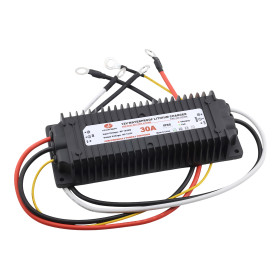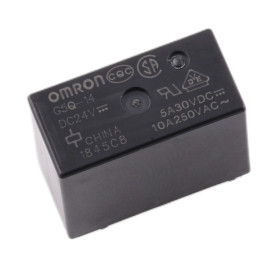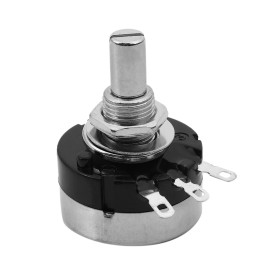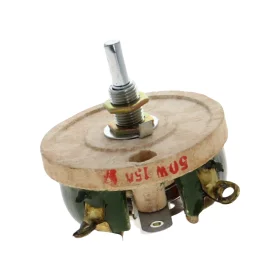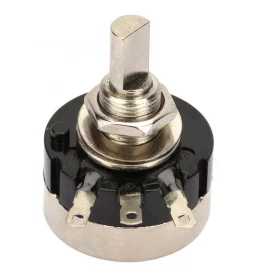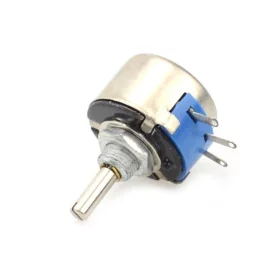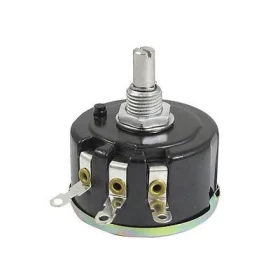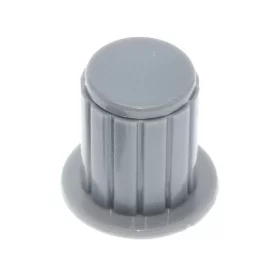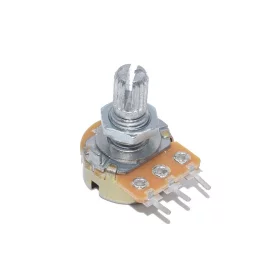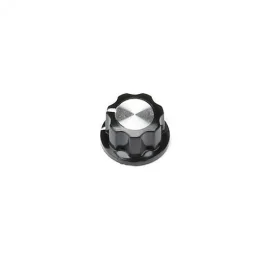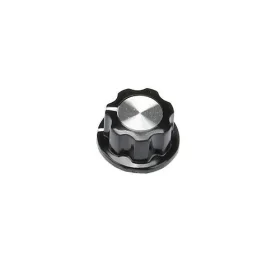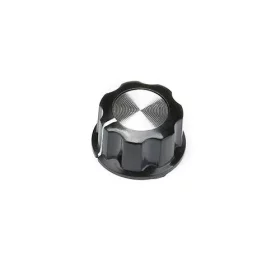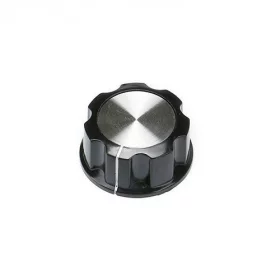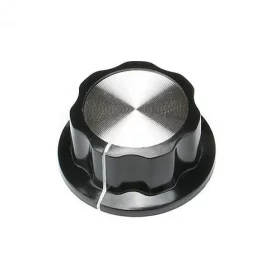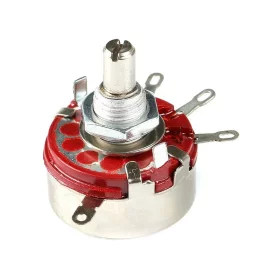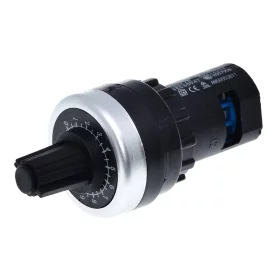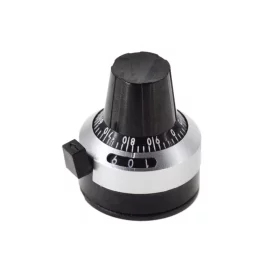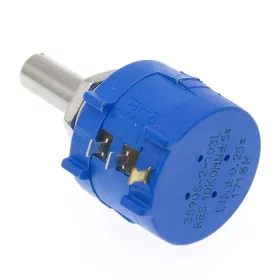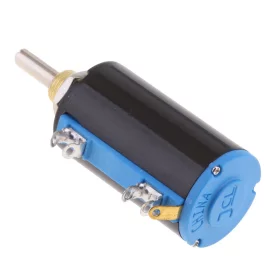Potentiometers
Top selling products in the category
There are 17 products.
3.37 €
3.37 € without VAT
26.51 €
26.51 € without VAT
3.37 €
3.37 € without VAT
Potentiometer WX14-12 3W, 3-pin
In stock
6.74 €
6.74 € without VAT
Potentiometer WX112, WX050, 3-pin
In stock
5.60 €
5.60 € without VAT
0.40 €
0.40 € without VAT
Potentiometer WH148, 3-pin
In stock
0.50 €
0.50 € without VAT
1.33 €
1.33 € without VAT
1.37 €
1.37 € without VAT
1.43 €
1.43 € without VAT
1.47 €
1.47 € without VAT
1.50 €
1.50 € without VAT
3.74 €
3.74 € without VAT
8.54 €
8.54 € without VAT
Knob for potentiometers type 3590S
In stock
Rotary knob for potentiometers type 3590S. Fixing with steel worm (Allen).
3.00 €
3.00 € without VAT
Multi-turn potentiometer 3590S-2, 2W
In stock
4.50 €
4.50 € without VAT
Multi-turn potentiometer WXD3-13-2W
In stock
3.64 €
3.64 € without VAT

